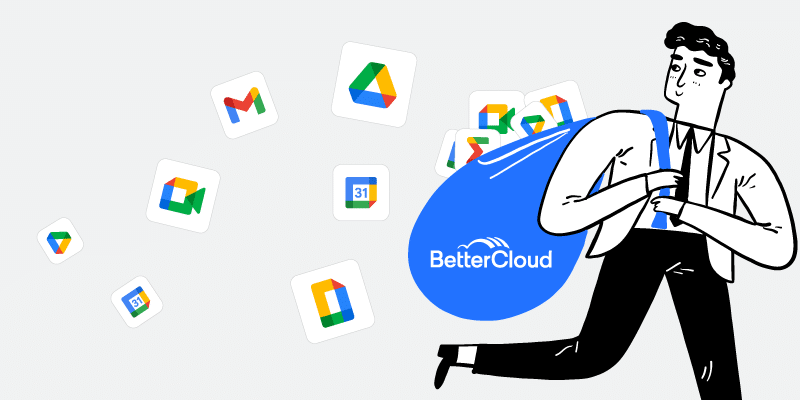Picking the Perfect Team: Using Apps in Combination
August 20, 2014
3 minute read

Emily is a Marketing Specialist at Lucid Software. She loves discovering new ways to work smarter.
 The best way to complete a complicated task with diverse needs? Give it to a stellar team. A well-assembled team of people, whether it’s the Guardians of the Galaxy or the 1980 USA Hockey team, can accomplish almost anything.
The best way to complete a complicated task with diverse needs? Give it to a stellar team. A well-assembled team of people, whether it’s the Guardians of the Galaxy or the 1980 USA Hockey team, can accomplish almost anything.
But teams don’t have to be made up of just people. A great team can be a set of ultra-specialized tools, each hand-picked to work seamlessly with the others. Many popular apps are single-use tools, but when you use the right set of apps together, magic happens. Historically, it’s been difficult to pull off superb combos because of the extra work involved in multiple sign-ons and interfaces. But with Google Apps Single Sign On, there’s nothing to dissuade you from building a varied and powerful toolbox.
So in celebration of great teams, here’s a breakdown of a few apps we think were made for each other. With powerful integrations, related use cases, and robust compatibility, they’ll make your work that much easier when used together.
Apps for data analysis:
To make smart decisions in a cloud-based world, you need to know how customers are using and responding to your online presence. If you’re reading this, chances are that you’re already using Google Analytics. But what can you use with Analytics to get an even clearer picture? We suggest trying Quantifind, an app that gives you more than just numbers. It allows you to dive deep into how customers are responding en masse to your product. It sorts through your data to prove what types of social media activity, customer feedback, and other response factors predict which resulting financial outcomes specifically for your business. And when it comes time for giving presentations, try Qunb, a tool that generates compelling and shareable broad-level visualizations of Google Analytics data.
Apps for finance management:
Many financial apps are popular for individual use. They can also make a compelling addition to your business. Mint, the popular budget management app, is a great example. Use it to track office expenditures, including everything from chair purchases to company retreats. If you hate filling out expense reports, try the Chrome extension Expensify, which takes screenshots of your receipts and records the relevant information for you so you don’t have to enter it by hand. And if you’re taking out a loan to drive business growth, Loan Calculator can help you calculate each component of the loan. Figure out exactly how much it will cost you over certain time frames so you can pay it back responsibly.
Apps for document creation:
Creating documents in the cloud allows for effortless collaboration. You can even get your hands on some cool Google Doc integrations that make document development easier. Try Lucidchart to build attractive diagrams and easily add them into your Google Doc. Download Evernote Web to enhance your document reading experience with searchable notes, task lists and a built-in clipboard. And for painless citations within technical or academic documentation, be sure to integrate Easybib with your Google Docs. Simply choose your preferred citation style (APA, MLA, etc.) It’s bound to save you a headache.
These are just a few ideas for app combinations. Depending on your company’s needs, you can build a team that’s right for you. The key is to start thinking differently – after all, many modern apps are designed with compatibility in mind. Instead of searching endlessly for the one app that can do it all, spend your time picking out a perfect combination.
Lucid Software empowers people to create visually stunning content with easy-to-use cloud-based apps. For more information, visit Lucidchart or Lucidpress.






